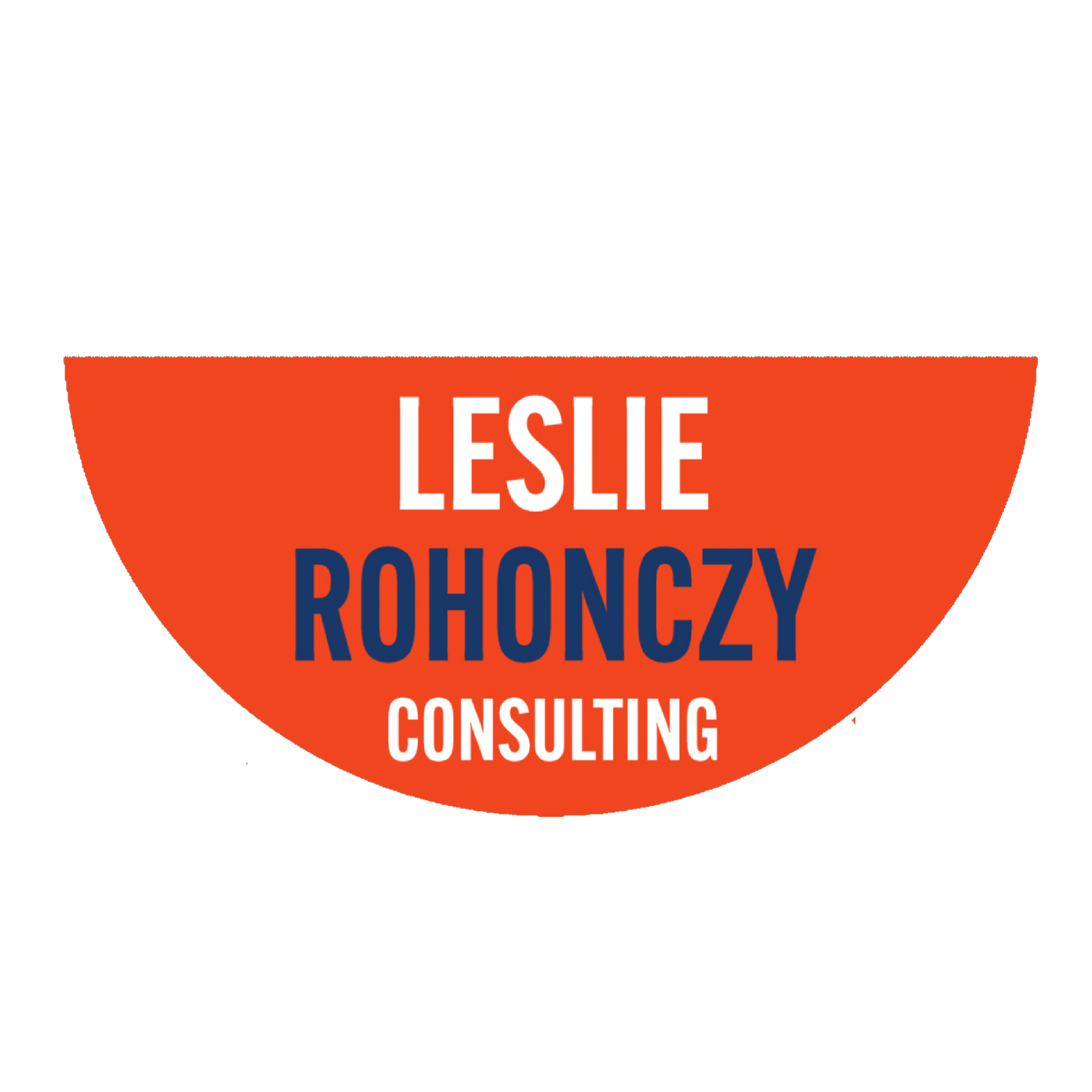by Leslie Rohonczy, Executive Coach, IMC, PCC | ©2024 | www.leslierohonczy.com
According to neuroscientific research into leadership over several years, when humans face engagement challenges, or experience difficulty with change, we typically see it as either a threat (distress) or a challenge (eustress). When our brains perceive a threat or the possibility that our needs will not be met, it can create a ‘fixed’ mindset: our pre-frontal cortex goes ‘off-line’ while the more primitive brain circuits take over. This is the conditioned emotional response of the amygdala (our reptilian brain), and the typical emotionally driven actions that result. The amygdala activates brainstem stress systems, which in turn activate the sympathetic nervous system.
It’s been documented by neuroscientists that being socially excluded can temporarily drop our IQ by almost fifteen points, because our brains use so much processing power for the ‘fight, flight, freeze, submit’ response. Our pre-frontal cortex diverts energy from its rational executive function under social stress. And when we feel threatened, our limbic system processes potential danger with momentary heightened alertness, but this decreases our ability for wider perception, understanding, creativity and collaboration. We can experience tunnel vision, it becomes difficult to see issues and solve problems, we can’t think as clearly, our ability to solve problems decreases, and we aren’t as good at working with others.
In a fixed mindset, we may doubt our abilities, worry about others’ perceptions of us, and shy away from taking a chance. Our inner critic is driving the bus, especially when we feel we may lose status, independence, connection to others, or could be treated unfairly. We focus on the problem, become mired in details, feel anxious and defensive, and can lash out or run away while trying to maintain the status quo by focusing on what there is to lose. There is a sense of moving ‘away from’ the issues with a fixed mindset. Moving away from threat is a stronger, faster, longer lasting, and more common driver than a reward response, which requires our awareness and intention.
With a growth mindset, there is a feeling of moving ‘toward’ the reward that can be obtained through growing perception, insights, and collaboration with others. When we build and embrace a growth mindset, we believe something is just a challenge to overcome. We trust that we can get better and improve and see it as a great opportunity to develop new skills and awareness. We see that we’ve moved forward from where we were before. A growth mindset sees a challenge, focuses on the solutions and end goal, and finds ways to make thing better. We feel open and determined, and we can experience our negative emotions as a propeller to move us into greater engagement and growth.
You’ll be able to tell which mindset you’re in by asking yourself the following question: “Do I want to ‘be good’ and ‘prove’ my worth and that I’m better than others?” (a fixed mindset) or “do I want to ‘get better’ and ‘IM-prove’ my own performance and skills?” (a growth mindset).
Fixed VS Growth Mindset
COACHING CHALLENGE
Here’s a simple two by two model that can help you identify where you’re at, and the stance necessary to grow. The first axis is whether something is known to you or unfamiliar, and the second axis is about the instinct to move towards or away from it.
The upper left ‘Explore’ quadrant represents a growth mindset and requires a stance of courageous curiosity. There is something unknown to us here, but we find it intriguing or inviting in some way, so we move toward it with curiosity. This is where we find innovative ideas and untapped resources.
The upper right quadrant also represents a growth mindset, and this stance allows us to ‘Exploit’ opportunities and known resources. It leverages what’s known on behalf of moving forward with agency and action. This quadrant is often the most comfortable because we are familiar with the circumstance and willing to move forward. The downside is that we may avoid the unknown in exchange for what feels comfortable.
Our lower right ‘Avoid’ quadrant is born from a protective stance that is focused on circumventing known pitfalls. It can make us feel safer but runs the risk of keeping us from living into our fullest potential. And it does nothing to prepare us for or protect us from the unknowns that can arise.
And finally, the lower left ‘Ignore’ quadrant represents a fixed mindset. It’s a fear-based stance about what is unfamiliar or unknown. In this quadrant, our instinct may be to keep ourselves at a safe distance, securely tucked inside our bubble of ignorance. We may even consider moving to the ‘Avoid’ quadrant, but what might better serve us is to leverage the ‘Explore’ quadrant, to get curious about what is unknown.
Each of these quadrants is useful in its own right, depending on our circumstances, and it’s helpful to be able to recognize which stance we’re in, so that we can make conscious choices that broaden our perspective.
Excerpt from COACHING LIFE: Navigating Life’s Most Common Coaching Topics, by Leslie Rohonczy. Available in paperback or audiobook: Amazon.ca, Audible, iTunes




